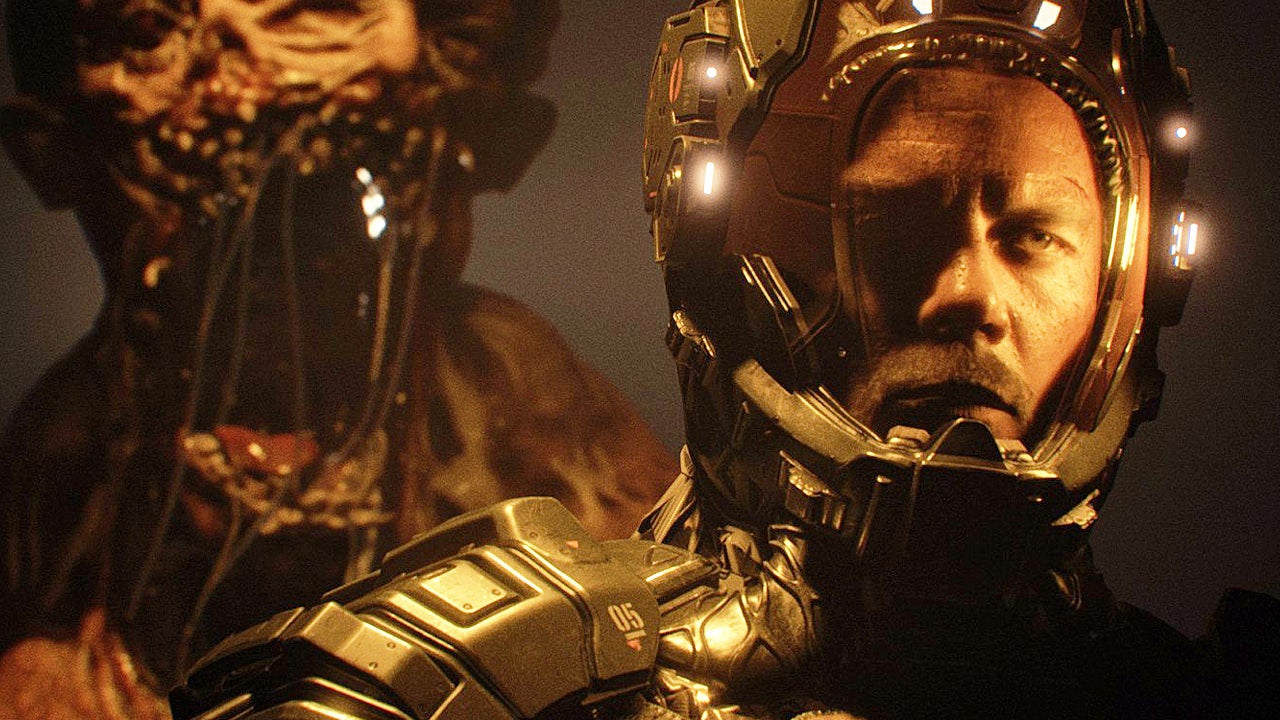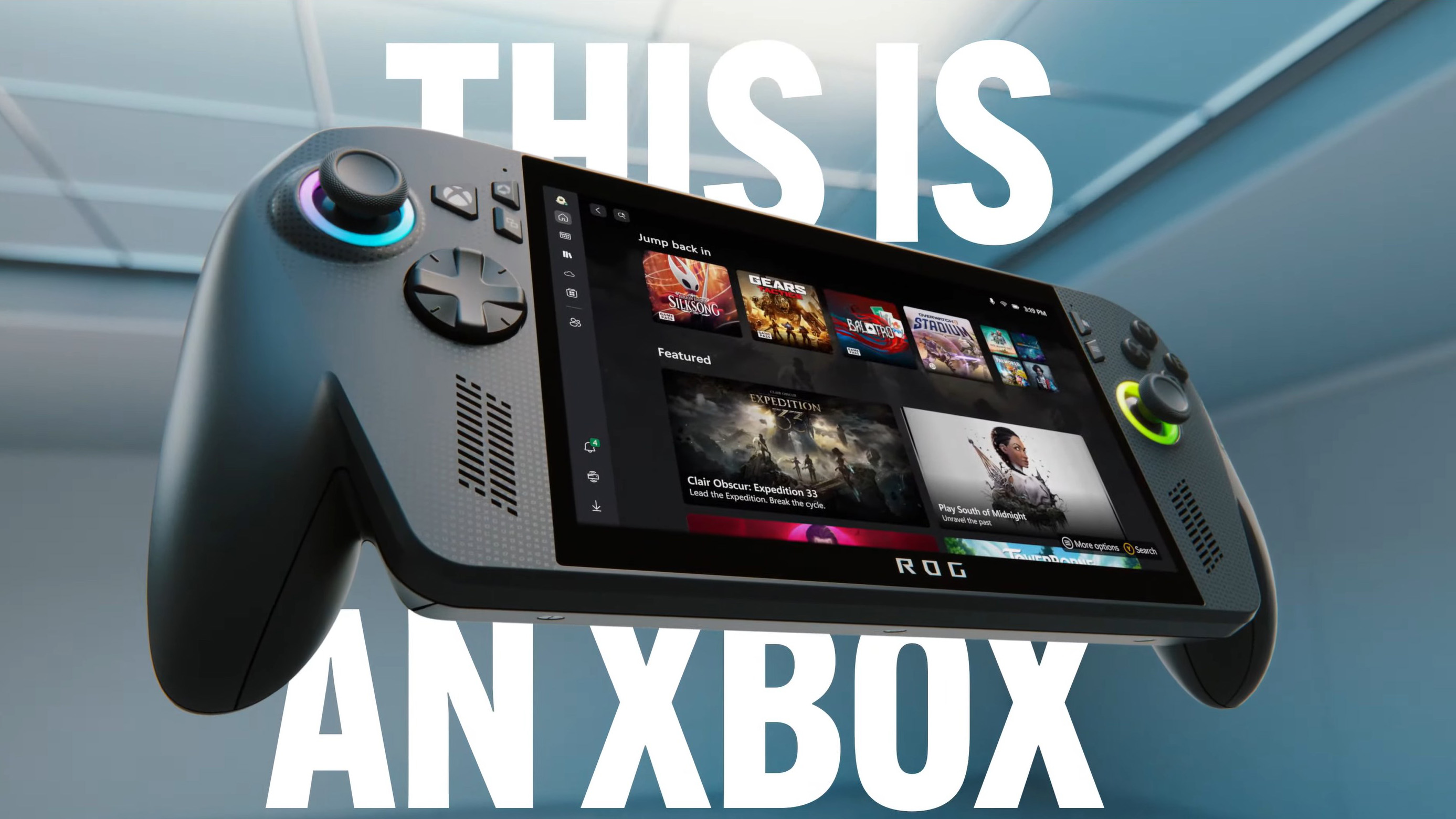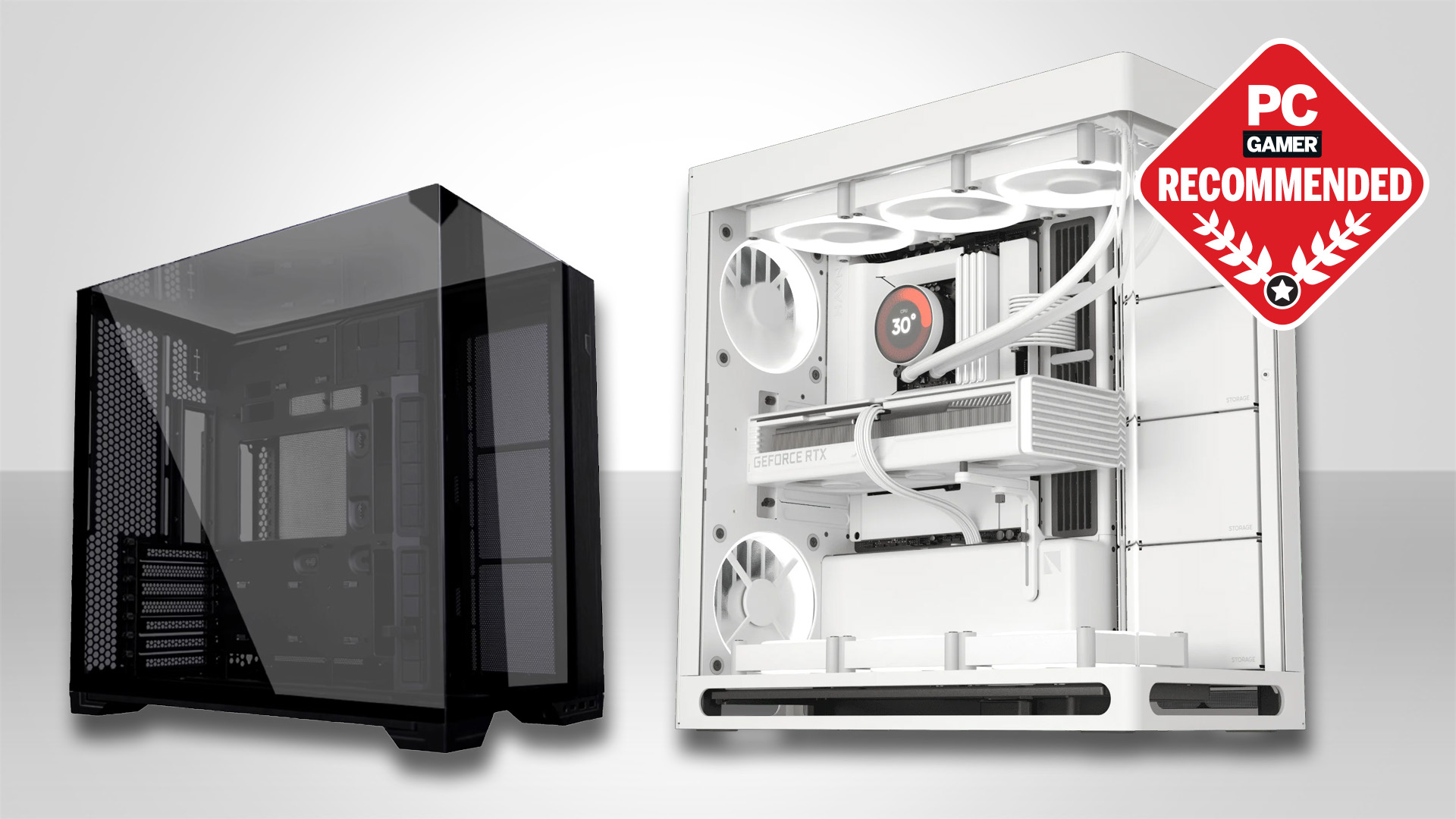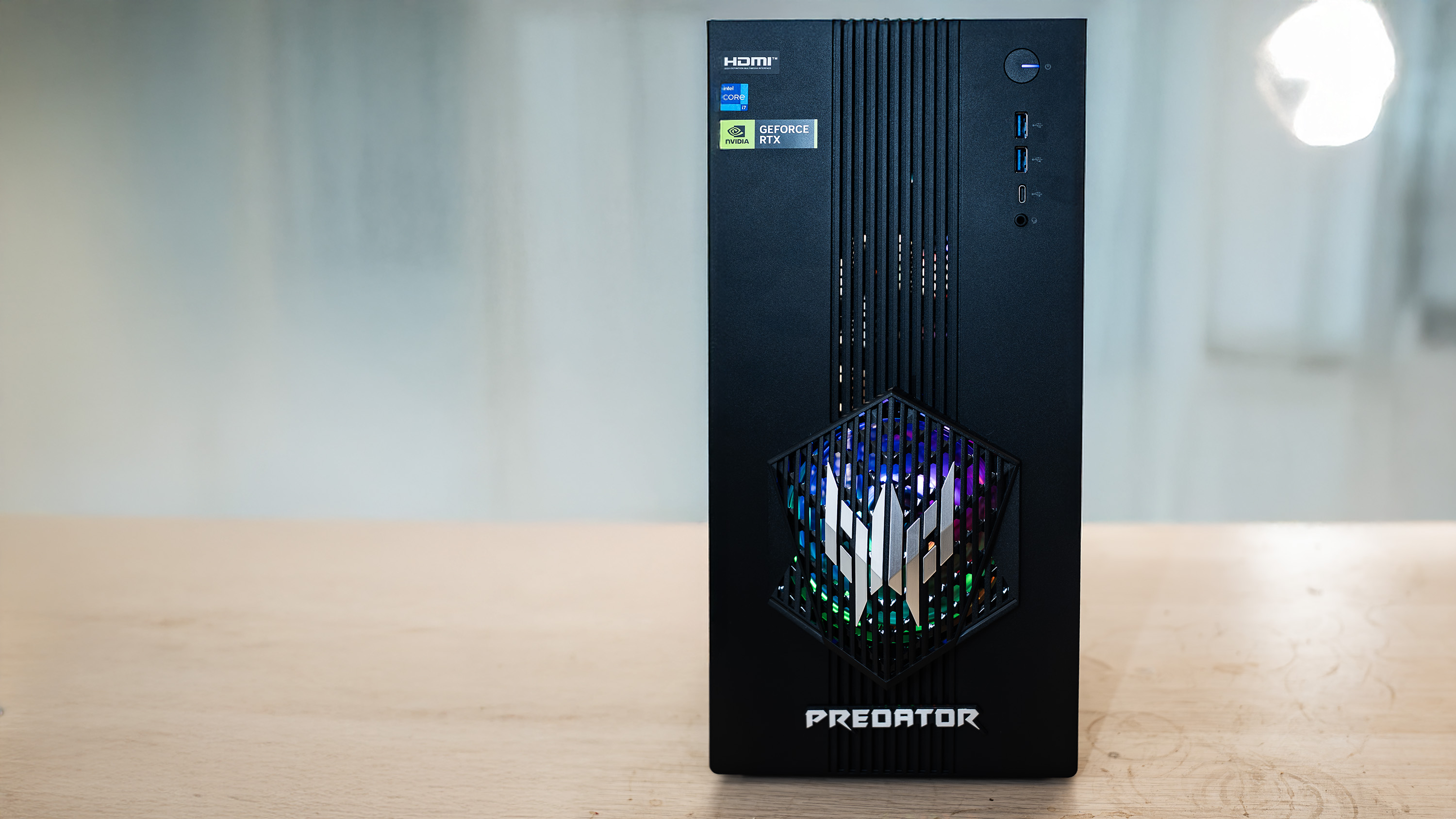Microsoft's DirectX Advanced Shader Delivery tech might be the eventual answer to stuttering and shader compilation woes, but it's limited to the ROG Ally X for now
It looks promising, at least.

Shader compilation woes are, to my mind at least, one of the scourges of modern gaming. Nothing brings you out of the experience quicker than unwanted hitches and stutters as a game struggles to compile shaders in the background before they're needed. Microsoft thinks it might have the solution, however, by providing pre-compiled shaders, downloaded at the same time as the game.
Microsoft's DirectX team calls the solution Advanced Shader Delivery, and it works on a relatively simple premise. Essentially, shaders need to be compiled in a GPU-specific format, which is why your PC gets to work building them for your hardware when a game first runs, or when entering a new area.
This process can sap valuable resources away from the rest of your machine, meaning games can hitch and stutter as your PC struggles to prepare shaders in time. Many games, like Avowed, for example, take a few moments (sometimes a few minutes) to pre-compile the shaders needed before you even reach the first menu screen in order to counteract this effect, but in practice, this can mean waiting for a while before your game is ready to be played.
Microsoft's solution is to collect the shader data from games and package it up in a new standardised format, called a State Object Database, which is then downloaded alongside the game to provide pre-baked shaders and eliminate the dreaded stutters for good. It's a clever idea, but there are a couple of potential caveats to be aware of.
Firstly, Microsoft says this solution will make its debut on the upcoming ROG Xbox Ally and ROG Xbox Ally X. There's a good reason for that—both platforms have standardised hardware, meaning that the shaders required by each will be a known quantity. Microsoft says that while the handheld Xbox consoles are the focus for now, it will be providing an AgilitySDK to PC developers and gaming storefronts this September, which it hopes will lead to more devs and platforms getting on board with the idea.

Spread the idea out to the wider PC gaming community, however, and it's easy to see where problems might arise. Gaming PCs represent a cornucopia of different hardware combinations, which means the shaders required for a player with an AMD RX 6800 XT will be different to those with an RTX 5070, and so on.
That's a whole lot of differing data that would need to be pre-compiled, packaged up, and delivered to machines the world over, and while Microsoft potentially has the huge amounts of cloud infrastructure needed to pump it down the lines, it's still a massive undertaking for others to achieve.
Keep up to date with the most important stories and the best deals, as picked by the PC Gamer team.
And then there are the storage requirements to consider. Each game would need individual shader packages for a vast number of GPUs, which would take up a large amount of cloud storage and potentially strain bandwidth limits in order to deliver it on a per-game basis.
The DirectX team's solution isn't the only game in town when it comes to reducing shader compilation stutter, though. Epic appears to have been paying particular attention to the problem, likely because of many user complaints about UE4 and UE5 games being some of the worst offenders. PSO precaching introduced in Unreal Engine 5.2 appears to have gone some way to mitigating the problem, although Epic is still imploring developers to make use of it correctly.

And Nixxes Software even came up with a custom solution of its own to address the issue in its PC port of Marvel's Spider-Man Remastered, offloading shader compilation onto dedicated threads during the loading process to create relatively seamless shader integration. It looks to be a whole lot of work, though, and many developers will be looking for a fix-all solution to save time and resources.
Could Advanced Shader Delivery be just that? In future, perhaps. For now, though, it's a ROG Xbox Ally thing, but I (along with the rest of you, I'm sure) will be hoping it takes off in a way that all hardware might eventually be supported in future. It seems like a long shot, but hey, I'm an optimist. Stop giggling at the back.

1. Best overall: AMD Radeon RX 9070
2. Best value: AMD Radeon RX 9060 XT 16 GB
3. Best budget: Intel Arc B570
4. Best mid-range: Nvidia GeForce RTX 5070 Ti
5. Best high-end: Nvidia GeForce RTX 5090

Andy built his first gaming PC at the tender age of 12, when IDE cables were a thing and high resolution wasn't—and he hasn't stopped since. Now working as a hardware writer for PC Gamer, Andy spends his time jumping around the world attending product launches and trade shows, all the while reviewing every bit of PC gaming hardware he can get his hands on. You name it, if it's interesting hardware he'll write words about it, with opinions and everything.
You must confirm your public display name before commenting
Please logout and then login again, you will then be prompted to enter your display name.

